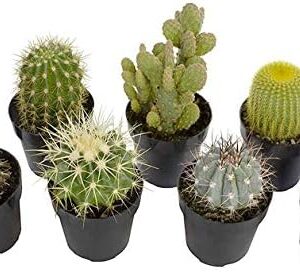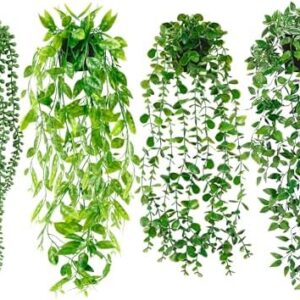As the weather warms up and we begin to spend more time outside, many of us are looking for ways to maximize our outdoor space. Whether you have a small patio, balcony, or even just a windowsill, container gardening is a great way to bring some greenery into your outdoor space and create a peaceful oasis.
Container gardening is exactly what it sounds like – growing plants in containers. This method of gardening is perfect for small spaces, as it allows you to plant a variety of flowers, herbs, and even vegetables in pots or planters, regardless of how much space you have available. Here are some tips to help you maximize your outdoor space through container gardening:
Choose the Right Containers: When it comes to container gardening, the options are endless. You can use traditional terra cotta pots, hanging baskets, window boxes, or even repurpose old buckets or crates. Just make sure that whatever container you choose has drainage holes to prevent water from pooling at the bottom and drowning your plants. Additionally, consider the size of the container in relation to the plant you want to grow – larger plants will need larger containers to thrive.
Select the Right Plants: The key to successful container gardening is choosing the right plants for your space. Consider the amount of sunlight your outdoor area receives and choose plants that will thrive in those conditions. If your space is shady, opt for plants like ferns, begonias, or impatiens. If your space gets a lot of sun, try planting herbs like basil, thyme, or rosemary, as well as flowers like petunias, geraniums, or marigolds. You can also plant vegetables like cherry tomatoes, peppers, or lettuce in containers if you have enough sunlight.
Provide Proper Drainage and Soil: Good drainage is essential for container gardening, as it prevents waterlogged soil and root rot. Make sure your containers have drainage holes in the bottom and use a well-draining potting mix to ensure that excess water can drain away easily. You can also add a layer of gravel or broken pot shards at the bottom of your container to help with drainage. Additionally, consider adding some slow-release fertilizer to your potting mix to provide your plants with the nutrients they need to thrive.
Water Regularly: Container gardens can dry out quickly, especially during hot summer months. Make sure to water your plants regularly, checking the soil moisture level with your finger before watering. Water your plants deeply and thoroughly, making sure that the water reaches the roots of the plants. It’s also a good idea to water in the early morning or late afternoon to prevent evaporation. If you have a busy schedule, consider investing in a self-watering container or using a drip irrigation system to help keep your plants hydrated.
Prune and Deadhead: To keep your container garden looking its best, make sure to prune and deadhead your plants as needed. Deadheading – removing spent flowers – helps encourage new growth and prolongs the blooming period of your plants. Pruning helps maintain the shape and size of your plants, as well as promotes healthy growth. Use a sharp pair of pruning shears to trim back any dead or leggy growth, and don’t be afraid to give your plants a haircut when needed.
Rotate Your Plants: To prevent your plants from becoming leggy or unevenly shaped, consider rotating them every once in a while. This allows all sides of the plant to receive adequate sunlight and promotes more balanced growth. If your plants are growing toward the light or leaning to one side, it may be time to rotate them to help them grow more evenly.
Consider Companion Planting: Companion planting is the practice of planting certain plants together to benefit each other. For example, planting marigolds near tomatoes can help repel pests, while planting basil near tomatoes can improve their flavor. Do some research on companion planting and consider incorporating it into your container garden to help your plants thrive.
Get Creative with Your Containers: Don’t be afraid to get creative with your container choices. You can use old tires, wheelbarrows, rain boots, or even old teacups as planters for your container garden. Just make sure the container has drainage holes and enough space for the plant to grow. You can also paint or decorate your containers to add a personal touch to your outdoor space.
Start Small and Experiment: If you’re new to container gardening, start small and experiment with different plants and containers to see what works best for your space. Don’t be afraid to try new things and learn as you go. Gardening is a process, and not everything will always go according to plan. Celebrate your successes and learn from your failures – that’s all part of the fun of gardening.
Container gardening is a great way to maximize your outdoor space and bring some greenery into your life. With a little bit of planning and care, you can create a beautiful and vibrant container garden that will thrive throughout the season. So grab some pots, some plants, and get gardening – your outdoor space will thank you for it.






